
MH60R Seahawk – Adding a New Dimension to Naval Airpower
Sat, 03 Apr 2021 | Reading Time: 6 minutes

As Indian Navy is poised to become a Blue Water Navy in the near future, the desire to extend its influence in the Indian Ocean Region and beyond, demands versatile airborne platforms to be fundamental components of its maritime warfare assets. Helicopters are a key component of naval operations, and are one of the best suited airborne platforms to perform a wide range of military tasks in maritime theatre. Apart from being the ‘long arm’ of their mother warships, rotary wing aircraft can be employed in many ways in support of other missions at sea. The Naval Aviation Helicopters can withstand complex high-risk ship-borne missions in adverse sea conditions, exploiting their capability to operate quickly from a ship deck, hover for long hours and fly the nape of the sea without being seen on radars, making these airborne machines indispensable military assets for a naval force to monitor and control the maritime environment.
Rotary wing assets for Navy are equipped with robust folding mechanisms (blades and tail) that allow higher numbers of them to be stored in flight hangers and small spaces on flight decks. Powered by state-of-the-art turboshaft engine technology, these helicopters can perform missions ranging from utility, combat search and rescue, observation and reconnaissance, special operations, tactical transport, anti-submarine warfare(ASW), anti-surface warfare (ASuW), and airborne early warning and electronic intelligence. The new modular mission-specific electronics and subsystems authorize the same eggbeater type to be exploited for a wide range of sea operations.
Armed with smart torpedoes and anti-ship missiles, these specialised multi-role combat choppers also known as Naval Multi-Role Helicopters (NMRHs) are the key force-multipliers for naval forces around the world. Capable of deploying from a small deck, these advanced scouts suited with modern airborne radars and sonars ensure safety of major fleets against hostile underwater and surface threats. There are multiple versatile sea-combat helicopters including the US Navy’s MH-60R Seahawk, Royal Navy’s AW-159 Wildcat, French Navy NH-90 and H-225M and PLAN’s newly developed Z-20F (most probably a Chinese copy of legendary Blackhawk), which drastically impact the dynamics of the naval warfare.
The Indian Navy, ranked seventh in the world, is currently on a modernisation drive and is on course to augment its maritime airpower which includes these highly critical naval multi-role helicopters as an essential component. For now, the Navy employs decades-old Westland SeaKing Mk.42 and Russian Kamov Ka-28 helicopters for combat missions such as submarine-hunting and surface strikes, but numbers are inadequate to support Indian Navy’s current and future surface fleet. Out of a total of 240 aircraft, more than half are rotary-wing in the Indian Navy inventory. This combined rotary wing of Indian Navy (both naval utility and multi-role) needs a next-generation versatile replacement or supplement to perform a wide range of ship-borne operations in ever-evolving maritime theatre. As China’s People’s Liberation Army Navy (PLAN) is deliberately advancing its footprints in the Indian Ocean Region (IOR), Indian Navy needs to retain its edge and control over IOR for which modern multi mission helicopters are extremely important.
Given these facts, the Navy has started working on a full-fledged master plan to modernise its ageing rotary fleet. Under this $12-15 billion modernisation plan, the Navy will acquire around 240 new-generation maritime helicopters of multiple kinds such as utility, airborne early warning and multi-mission versions. A total of 123 NMRHs will be inducted by Indian Navy to upgrade its anti-submarine and sea-strike capabilities by the end of this decade.
In order to add massive strike capabilities (both underwater and surface) to its Aviation Arm, Indian Navy has decided to acquire the world’s most technologically advanced and versatile maritime multi-purpose helicopter, Sikorsky MH-60R Seahawk, from the United States. In April 2019, the US State Department approved a $2.6 billion deal to supply 24 MH-60R Seahawk submarine hunters developed and manufactured by Sikorsky, an aircraft manufacturing company owned by the global aerospace giant Lockheed Martin. All 24 Seahawk machines will be delivered to the Indian Navy within the 60 months from the time when the deal was signed.
“The MH-60R offers the lowest risk and best value option because the aircraft is already in full production and globally supportable. The MH-60R provides a vital capability in the Indo-pacific region and equips the Indian Navy with a tremendous capability that is ready for operations immediately upon delivery. We thank the government of India for its confidence in Sikorsky and look forward to supporting our partners in the Indian armed forces over the next 30 years”
— Tom Kane, Director of Naval Helicopter Programs, Lockheed Martin
In December last year, Lockheed Martin also shared the first picture of the MH-60R Seahawk multi-role helicopter in Indian colours, being readied for the Indian Navy. According to some media accounts, the Navy will start receiving the first batch of six MH-60R helicopters later this year. Under the government to government deal, the US companies will also supply several critical subsystems including advanced maritime surveillance radar, airborne low-frequency sonar, communication systems, GPS/INS, IFF transponders and night vision devices, advanced targeting systems, sono-buoys, heavy machine guns, smart lightweight ASW weapons and anti-surface missiles and rockets.
Sikorsky MH-60R Seahawk extensively packs a robust collection of next-generation cutting-edge naval technologies precisely developed for the mighty US Navy for maritime dominance. More than 300 in operation worldwide, MH-60R Seahawk equipped with most modern sub systems, is designed to operate from frigates, destroyers, cruisers and aircraft carriers.
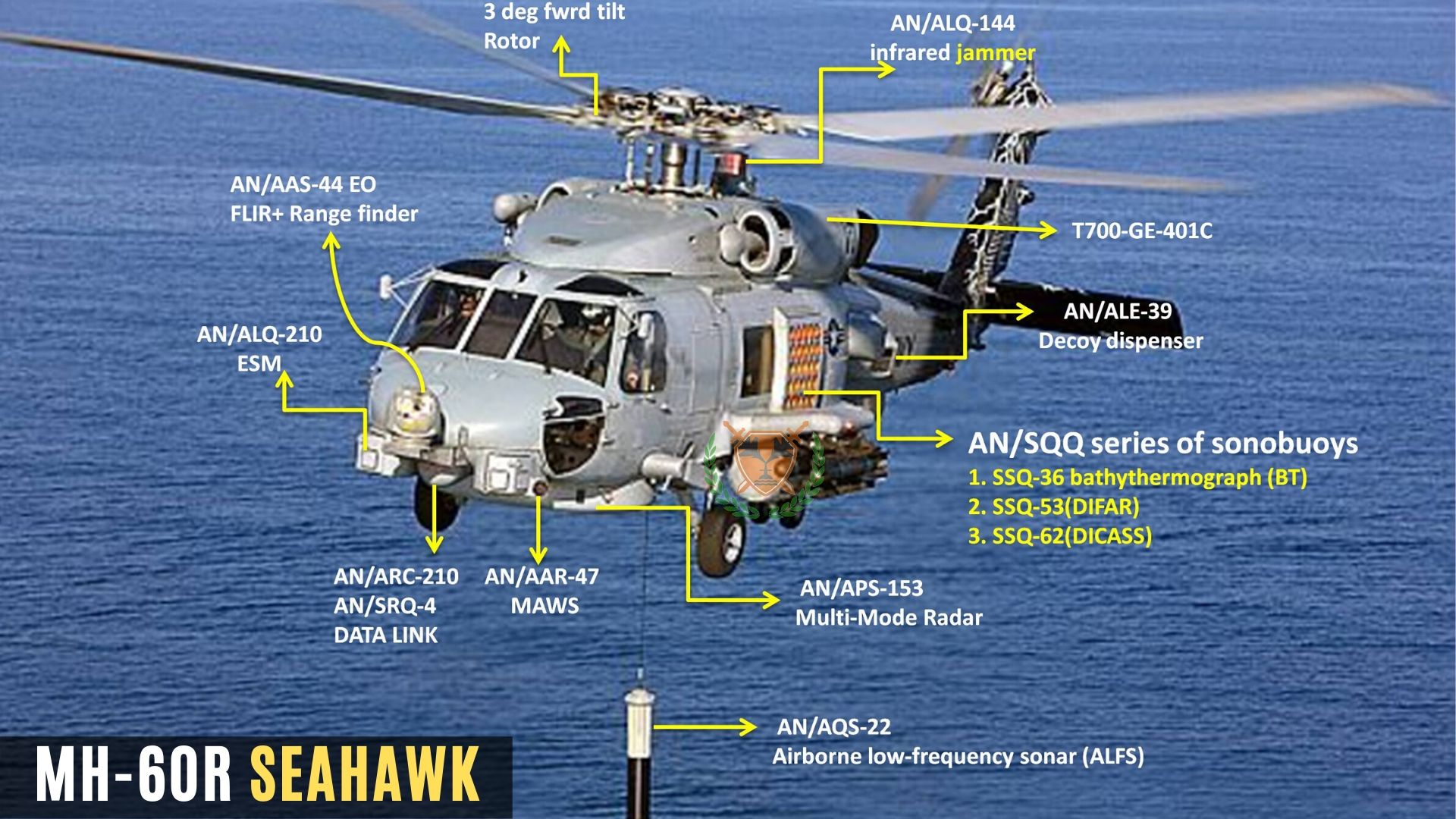
Image Courtsey: Defence Decode
- Powered by twin 1,900-hp T700-GE-401C turboshaft engines, the 10T class Seahawk can achieve a maximum speed of 270 km/h and a range of over 800-km.
- The helicopter is equipped with the best in-class Telephonics-developed AN/APS-153V multimode maritime surveillance radar which supports a wide range of maritime operations including ASW, ASuW, C4ISR, Combat search and rescue, special missions, battle damage assessment, surface surveillance, naval gunfire support, vertical replenishment (VERTREP) and command and control (C2). With a range of 290-km+, the rugged and lightweight sensor linked with integrated Identification Friend and Foe (IFF), C-band data-link, Automatic Radar Periscope Detection Discrimination (ARPDD) and long-range/high-resolution ISAR imaging, provides Seahawk and its host ship with persistent littoral and maritime domain awareness in all weather conditions, day or night.
- The R-model Seahawk comes fitted with a fully digital multi-functional glass cockpit and communication suite that combines Link-16, ARC-210 RT-1990A(C) radio with COMSEC and ARC-220 High Frequency radios.
- The new Indian iteration will also feature Made-in-India equipment, especially the communication devices to link the aircraft with Indian GSAT and RISAT satellites, warships and other maritime assets, hence, Indian submarine-hunter eggbeaters will be fitted with Indian-made data link systems for encrypted voice and advanced classified digital communication.
- Apart from this, the helicopter is also equipped with APX-123 IFF transponders, AN/AAS-44C(V) Multi-Spectral Targeting System and AVS-9 Night Vision devices, which have also been ordered by Indian Navy.
- Under this urgent Seahawk purchase, Indian Navy also placed orders for M-240D & GAU-21 pintle-mounted crew-served guns.
- In addition, it features a robust defence suite combining missile and laser warning systems, electronic support measures (ESM) system, IR jammers, chaff and flare decoy dispenser. It also has an excellent protection against small-arms and medium calibre attacks.
- According to its developer, the helicopter has the lowest life-cycle cost in its class, the per flight hour cost is less than $5,000 (USD).
ASW Capabilities. Seahawk employs Raytheon’s AN/AQS-22 Airborne Low-Frequency sonar (ALFS) for ASW. This multi-frequency wideband integrated dipping sonar system enables MH-60R to precisely detect, track, and identify hostile underwater threats such as submarines and UUVs in large maritime theatre. However, according to some media reports, the Indian Navy is likely to equip part of its Seahawk fleet with FLASH (folding light acoustic system for helicopter) dipping sonar system from Thales. The US Navy has also ordered over hundred of these French-made ALFS (FLASH based) for its MH-60R multi-role helicopters. In addition to ALFS, Seahawk can also deploy SSQ/36/53/62 sono-buoys for ASW missions. In strike mode, it is capable of carrying 2-3 Mark-54 active/passive lightweight torpedoes from Raytheon to attack lurking enemy submarines below the sea-surface. The 320mm submarine-killer missile can take out an undersea target from several miles away with a top speed of 40 knots. Raytheon’s ASW weapon is deemed the most advanced airborne torpedo system that is also employed by Indian Navy’s Poseidon P-8I long-range maritime patrol aircraft (LRMPA).
ASuW Capabilities. The versatile MH-60R packs a flexible sea-strike capability as the Indian Navy’s variant will come fitted with four weapon stations for carrying significantly better combat payload. This is likely to be a special feature of Indian MH-60R helicopters, which is absent in US Navy iterations yet. Seehawk is designed to fire best in-class anti-surface weapons including AGM-114 Hellfire missiles, Advanced Precision Kill Weapons System (APKWS) rockets, and Naval Strike Missiles. The 8-km range laser-guided Hellfire is a combat-proven precision air-to-surface subsonic tactical missile system that delivers multi-target capabilities and strike lethality. BAE Systems’ 70mm lightweight laser-guided APKWS Rocket system is one of the most cost-effective PGM (precision guided munition) solutions to attack lightly armoured sea targets.
Above all, The 185-km Kongsberg Naval Strike Missile (NSM) suited with advanced IR head and 125-kg warhead, is the most unique and vital capability addition to MH-60R’s anti-ship (AShM) missions. Armed with twin Naval Strike Missiles, the MH-60R could be the most lethal maritime helicopters on the planet.
Overall, the Indian MH-60R Seahawks are intended to pioneer more sophisticated and refined ASuW and ASW capabilities than the existing platforms. In concert with other Indian naval elements — P-8Is and Sea Guardian UAVs, these NMRH will serve as the pivotal elements of India’s naval airpower in the coming years.
The MH-60R multi role helicopters can significantly boost interoperability and intelligence transfer among Quad nations as all four nations — India, Japan, Australia and the US, now operate Seahawk helicopters. In 2018, after years of long discussion, US and India finally sealed the unprecedented COMCASA pact which allows exchanging critical and sensitive data and maritime information between US and India. Seahawk platforms afford integration of high-tech, encrypted and secured suite of US-made communication devices for sharing real-time information in the Indo-Pacific realm. Overall, the new helicopters from Lockheed will give Indian Navy an unmatched monitoring and maritime security capability against hostile submarines, surface ships and other sea borne threats. Apart from these 24 MH-60R helicopters, Indian Navy still has a requirement for at least 99 NMRHs to equip its future frontline warships, which are likely to be built-in-India as per the ‘Strategic Partnership’ Model.
Disclaimer
The opinions expressed in this article are the author’s own and do not reflect the views of Chanakya Forum. All information provided in this article including timeliness, completeness, accuracy, suitability or validity of information referenced therein, is the sole responsibility of the author. www.chanakyaforum.com does not assume any responsibility for the same.
Chanakya Forum is now on . Click here to join our channel (@ChanakyaForum) and stay updated with the latest headlines and articles.
Important
We work round the clock to bring you the finest articles and updates from around the world. There is a team that works tirelessly to ensure that you have a seamless reading experience. But all this costs money. Please support us so that we keep doing what we do best. Happy Reading
Support Us






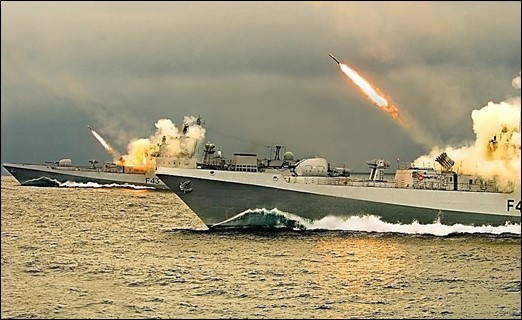
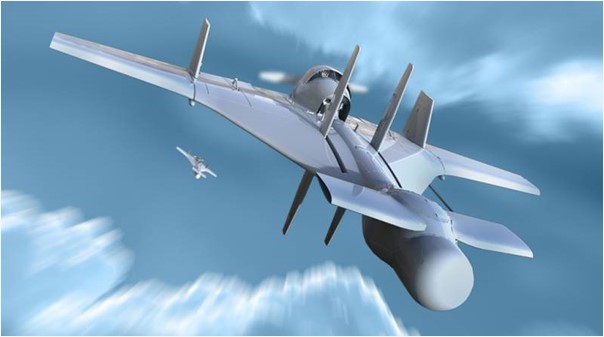
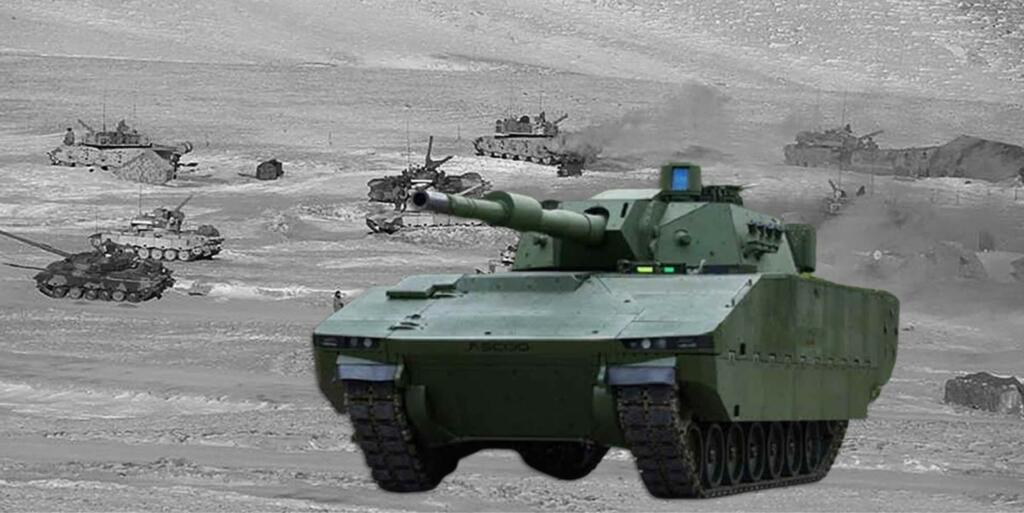

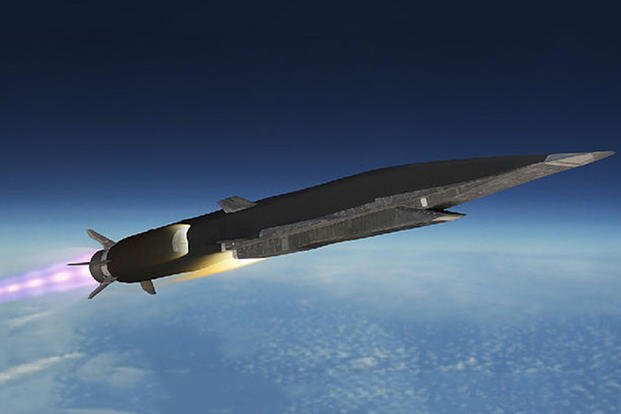
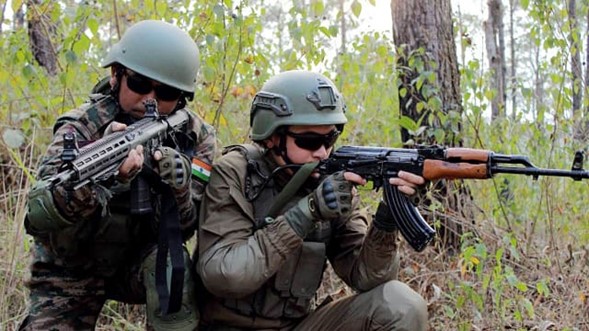








POST COMMENTS (1)
Ranjeet Anil Sharma